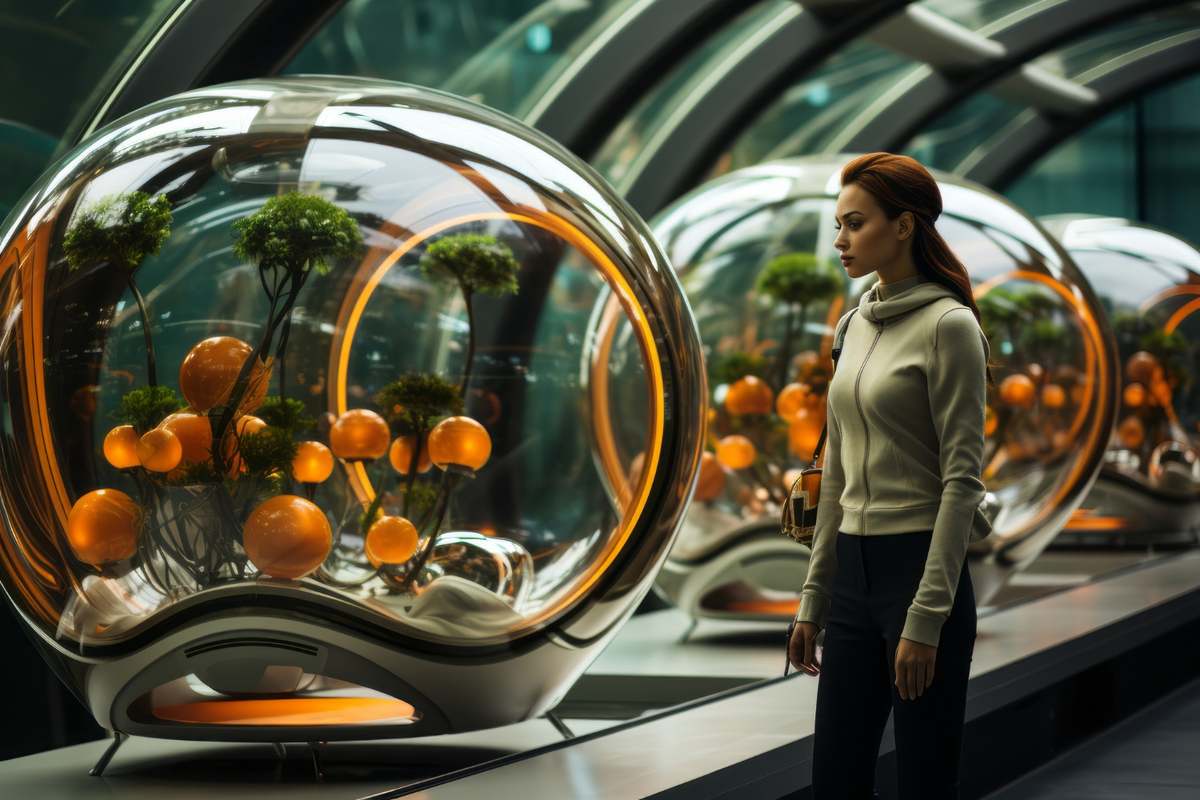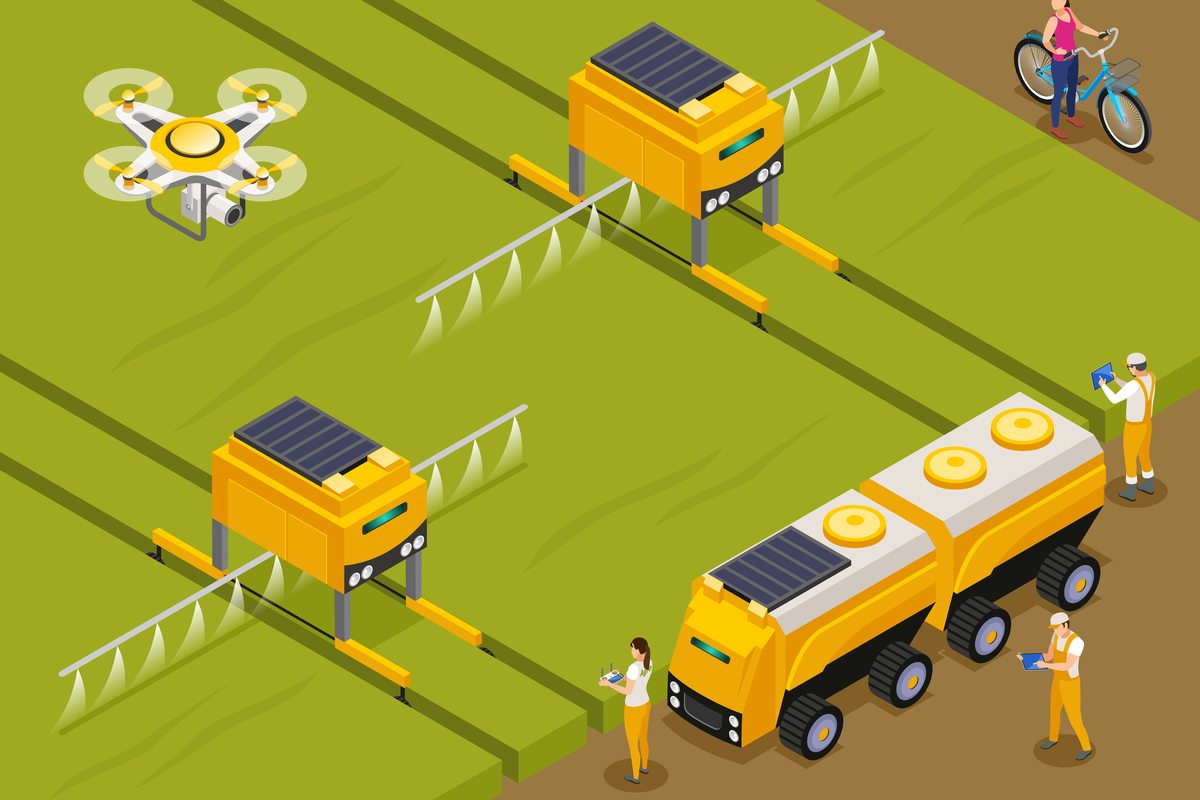Both aquaponics and hydroponics are innovative agricultural methods that offer sustainable alternatives to traditional farming. They each have unique benefits and challenges, and the choice between them depends on factors such as available resources, technical expertise, and specific agricultural goals. Both systems hold great potential for urban farming, food security, and environmental sustainability, and their implementation can be tailored to meet the needs and resources of diverse agricultural contexts. In this article, we’ll break down the basic difference between aquaponics and hydroponics, helping beginners understand which system might be best suited for them.
Table of Contents
Aquaponics
Aquaponics is an innovative and sustainable agricultural system that combines aquaculture (raising fish) with hydroponics (growing plants without soil) in a symbiotic environment. In this system, fish waste provides an organic nutrient source for the plants, which in turn filter and purify the water, creating a balanced and efficient cycle. This method significantly reduces water usage compared to traditional farming, as water is recirculated and reused. Additionally, aquaponics promotes faster plant growth and higher yields due to the nutrient-rich water, while also allowing for the simultaneous production of fish, making it a highly efficient and eco-friendly approach to food production.
Hydroponics
Hydroponics is a method of growing plants without soil by using mineral nutrient solutions in an aqueous solvent. This innovative agricultural technique allows plants to grow in various environments, from greenhouses to urban rooftops, using inert mediums such as rock wool, clay pellets, or perlite to support the roots. Hydroponics offers several advantages, including faster plant growth, higher yields, and more efficient water use compared to traditional soil-based cultivation. By directly delivering nutrients to the plant roots, hydroponics eliminates the need for soil, reduces the risk of soil-borne diseases, and allows for precise control over nutrient levels and environmental conditions, making it a popular choice for sustainable and space-efficient agriculture.
Basic Difference Between Aquaponics and Hydroponics

| Attributes | Aquaponics | Hydroponics |
| Fundamental | Combines aquaculture (raising fish) with hydroponics (growing plants in water), creating a symbiotic environment. | Involves growing plants in a nutrient-rich water solution without the use of soil. |
| System Components | Fish tank, biofilter, growing media, water circulation system. | Growing media, nutrient solution, water, and nutrient delivery system. |
| Nutrient Source | Fish waste provides a natural source of nutrients, reducing the need for chemical fertilizers. | Nutrient solutions are precisely formulated and added to the water to meet the plants’ requirements. |
| Water Usage | Aquaponics systems are highly water-efficient. The closed-loop design recirculates water between the fish tank and grow beds, minimizing water waste. | Hydroponics systems also use less water than traditional farming, as water is recirculated within the system. However, water efficiency can vary depending on the type of hydroponic system. |
| pH Levels | In aquaponics, the presence of fish helps buffer the pH. | In hydroponics, pH levels need to be carefully monitored and adjusted, as plants are sensitive to changes in acidity or alkalinity. |
| Types of Produce | Aquaponics systems are somewhat limited in the variety of plants that can be grown, as they need to be compatible with the aquatic environment. | Hydroponics systems offer greater flexibility in the types of plants that can be cultivated. |
| Initial Cost | Setting up an aquaponics system involves a significant investment in tanks, pumps, biofilters, and fish stock. | Initial setup costs vary depending on the complexity and scale of the system, but are generally lower than aquaponics. |
| Maintenance Costs | Costs related to fish feed, water quality testing, and system maintenance. | Ongoing expenses for nutrient solutions, water, and system maintenance. |







